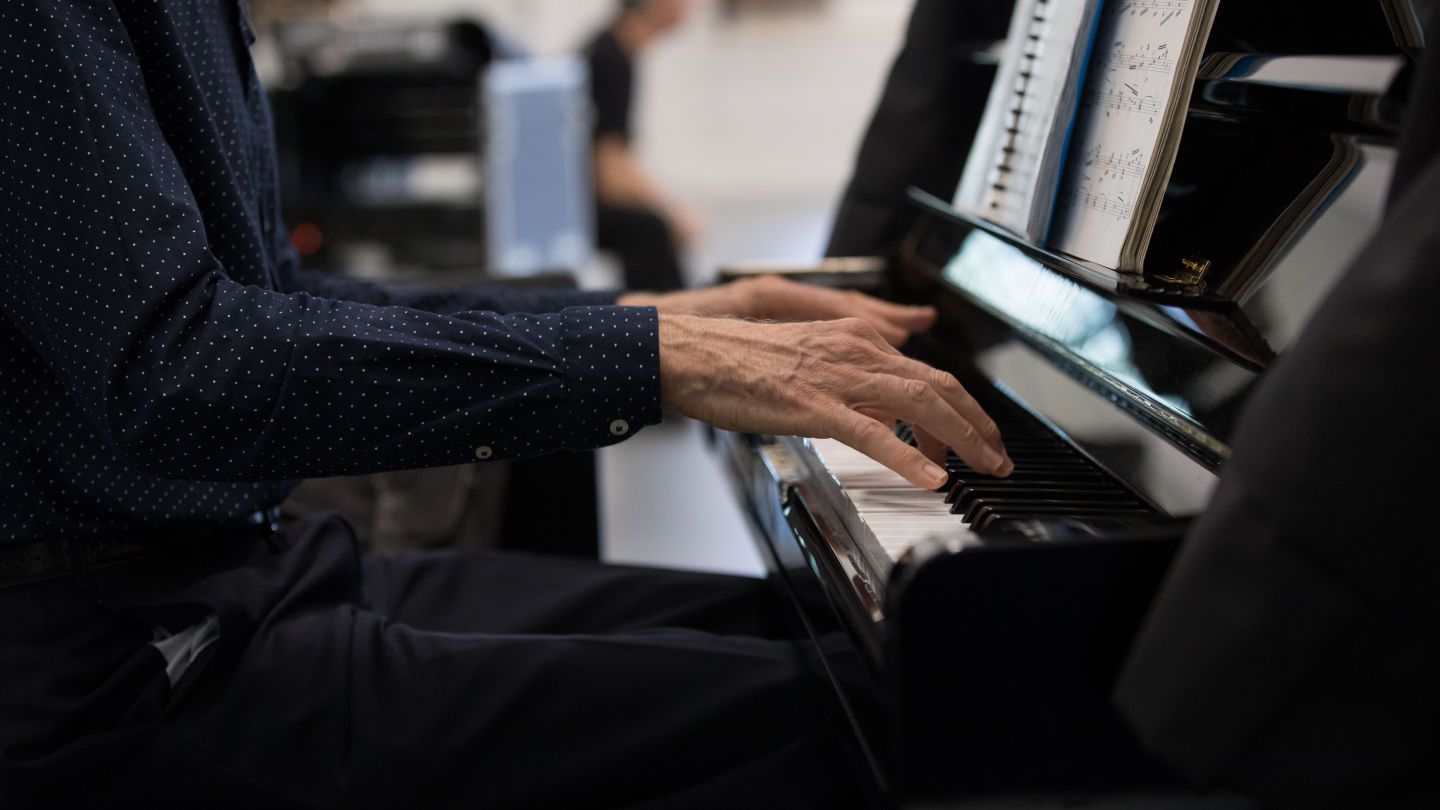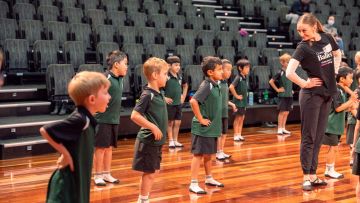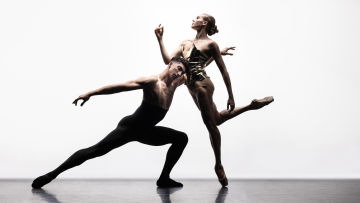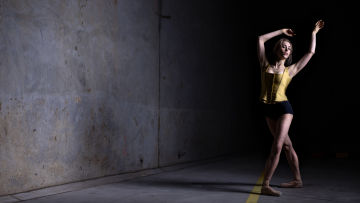The music behind the ballet
By Ellen Gilroy

There is a distinct moment that occurs at the beginning of every ballet. As the theatre chairs fill and the sound of intangible chatter grows louder, a single note from an oboe cuts through the noise, silencing the room. To the orchestra, it is a signal to tune their instruments and warm up. But to the audience, it is a sign the journey they are being taken on is about to commence. A sense of anticipation can be felt throughout the crowd; anticipation for the worlds they will be transported to, the people they will see, the story that will be told and the music they will hear.
There are so many different parts that go into producing a ballet, from the costumes to the lighting and sets. But what would a ballet be like without music? Music and dance have forever been linked in a symbiotic language; together they create a narrative rich in emotion and vivid imagination. Behind the intricacies and beauty of choreography floats the music, like a lingering phantom that drifts us through the story, creating the tension and release, the drama and romanticism.
From the first glimpse of the score, to the conductor’s wave of his baton on opening night, the process of creating the music for a Queensland Ballet production is beyond the notes on the page and requires a team of dedicated musicians to bring the production to life. For Queensland Ballet’s Music Director and Principal Conductor, Nigel Gaynor and his team, the preparation for each ballet varies and can even take years to create.
“For new productions, we must decide which music or composer is to be used, then there is the adaptions, orchestrations and revisions. We then have to format, print and bind all the orchestral parts. It’s a huge process before we even get into the studio rehearsals,” Nigel says.
The score finally comes to life in the studio, where company pianists take on the role of being the entire orchestra, embedding the dancers into the music of the ballet. The piano is an important instrument in rehearsals as it can provide the ‘orchestra’ without the expense of one.
“A solo violin for example, can’t provide the harmony and other complexities such as rhythm other than what’s available in the tune. A pianist can play all these elements and at different tempi, so dancers can rehearse at different speeds to build up their stamina,” he added.
The piano is upgraded to the orchestra once the production bumps into the theatre. A force of over 60 professional musicians unite all under the direction of Nigel’s baton. Nigel has a demanding and challenging role, but one that is vital to lead the orchestra and dancers in a seamless unison, from the climactic peaks to the softer moments on stage.
“Conducting an orchestra of over 60 outstanding musicians in unison, with up to 60 dancers on stage is a unique experience. Navigating safely through the most difficult passages for either musicians or dancers is part of the responsibility that I particularly enjoy,” Nigel says.
“I have to follow the dancers onstage, while giving clear musical direction to the musicians in the pit. If it’s too fast or too slow, the dancers won’t be ‘on the music’ and it will look odd, and possibly dreadful,” Nigel added.
To the audience, the music seamlessly blends into the choreography, transcending them from their seat in the theatre and into another world; from opulent ballrooms, moonlit landscapes, even to exotic places like 19th century colonial India. The music sets the mood, the pace and the emotion, all the while the orchestra sits out of sight.
For Nigel and his team, there is no greater sense of accomplishment then seeing how audiences respond to a performance after months of hard work and preparation.
With a 38-year career in ballet under his belt, six of which have been with Queensland Ballet, Nigel can’t pick just one outstanding score, as each has had its own unique creative process.
“There’s been many wonderful scores to perform at Queensland Ballet. Prokofiev’s Romeo and Juliet and Cinderella are breathtaking scores, and a particular favourite of mine is Stravinsky’s Firebird. Having said that, the Tchaikovsky ballets are all magnificent, and Mendelssohn’s A Midsummer Night’s Dream is possibly the finest ethereal music ever written,” said Nigel.
Due to COVID-19 restrictions, a heavy silence has fallen on our Queensland Ballet studios and the theatres of Australia and the world. Queensland Ballet eagerly waits for the day its piano’s vibrant chords resonate throughout the studios once again. To donate or leave a message of support during this unprecedented time, go to Keep the Magic Alive.
#Related

Media - Press Releases
Queensland Ballet Education Programs 2026 Learning through Dance

Media - Articles
2025 Wrap Up

Media - Press Releases
